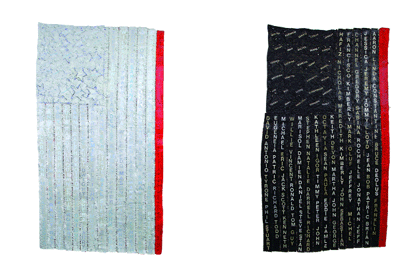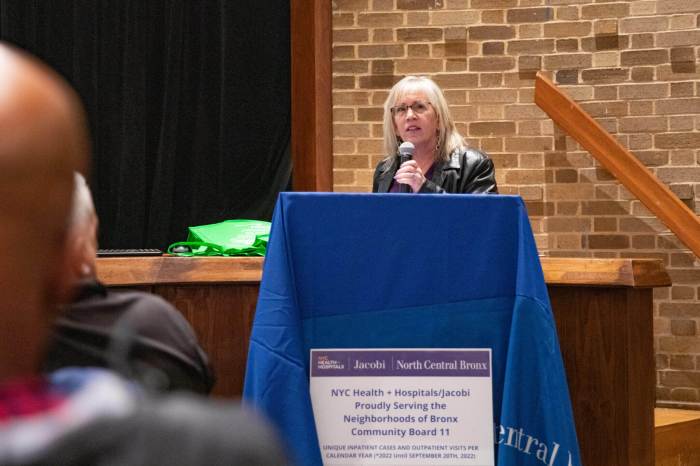Howardena Pindell’s meaning-infused abstraction
If you walk into the Paul J. Sachs Drawing Galleries at MoMA right now you will find the exhibition “Transforming Chronologies.” Among the various works selected and arranged from the collection, is the curatorial pairing of Ellen Gallagher’s 2000 untitled work on paper with Howardena Pindell’s “untitled #4” (1973). With nearly 30 years between them, both works were constructed by conceptual and visual systems of abstraction, alluding to highly recognizable means of representation, while resisting fixed meaning.
Pindell’s early and influential contribution to the contemporary dialogue concerning meaning-infused abstraction is a fact that has become more widely known of late. The best case for her influence is made by the inclusion of her work among contemporaries in historical surveys, like the recent “Energy/Experimentation: Black Artists and Abstraction, 1964–1980” at the Studio Museum in Harlem, and the exhibition “High Times/Hard Times: New York Painting 1967-1975,” curated by Katy Siegel and David Reed, now traveling throughout the country.
These exhibitions do a good job of shedding light on recent history and are much needed in the art world right now. But it seems, for active artists like Pindell, to have the importance of early work affirmed by specific juxtapositions like the one at MoMA, can be a mixed blessing. Is it accurate, or forced to pair two generations of African-American women working with process, language, and dots? Does the pairing honor Pindell’s precedent, or eclipse a lifetime of production by affixing her identity to something made over 30 years ago?
A good response to this question is provided by “In My Lifetime,” the current exhibition of works by Pindell at G.R.N’Namdi Gallery in Chelsea. Of the 23 works on view, most are substantial in size and intention, and date rather evenly from 1975–2006. The exhibition functions as a dense, mini-retrospective installed in collaboration with the gallery, and complete with label copy produced by the artist.
If you are not up to date with Pindell’s work, you might be surprised by the stylistic shifts and inventions that have occurred over the years. The changes spill out simultaneously throughout the gallery. Numbered punched dots and colored confetti give way to thick paint and vinyl text. Grids proliferate as layered, expressive hatchings—unleashed heirs to Jasper Johns, or perhaps, under recognized siblings of Jennifer Bartlett. Pindell’s extension of abstract territory throughout the 80’s and ‘90’s literally laid ground for embedded images and vinyl letters employed to deliver much more declarative, activist messages.
These activist intentions can be tracked back through the artist’s career—to her 1980 video ”Free, White and 21,” or when she was a young painter claiming her right to abstraction. But “In My Lifetime,” both the exhibition and the 1995/96 painting-sculpture with the same title emphasize a highly integrated practice that channels all of the artist’s resources into revealing hidden histories. The work is intensely subjective, while providing completely legible, well-documented visions of the world. Pindell’s own history is threaded throughout. Yet, it is our comprehension of the collective works alone that reveals one of the artist’s most impressive accomplishments since 1975—dedicated teacher.
gaycitynews.com


































